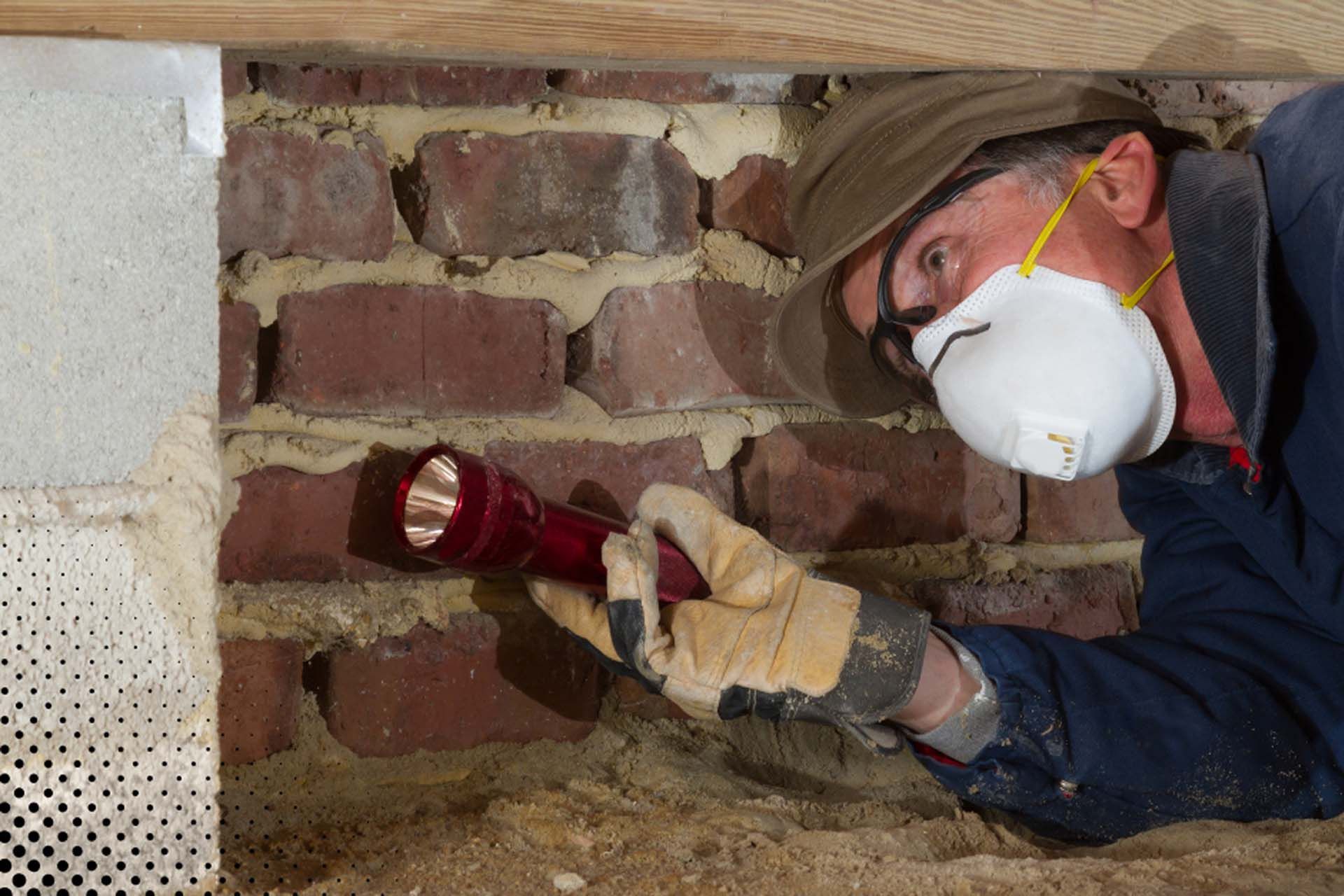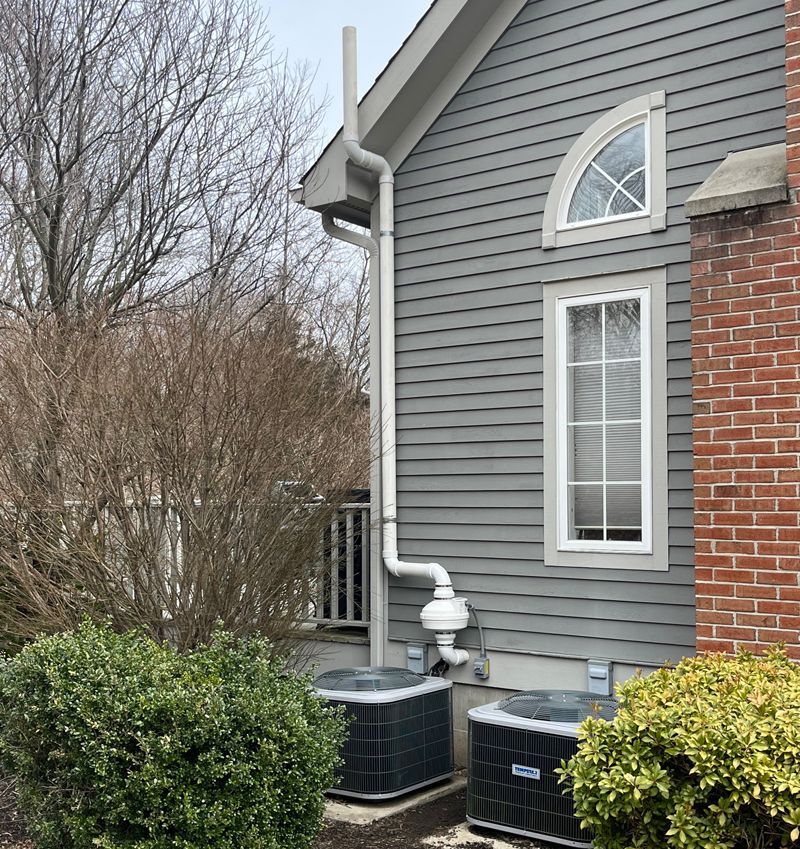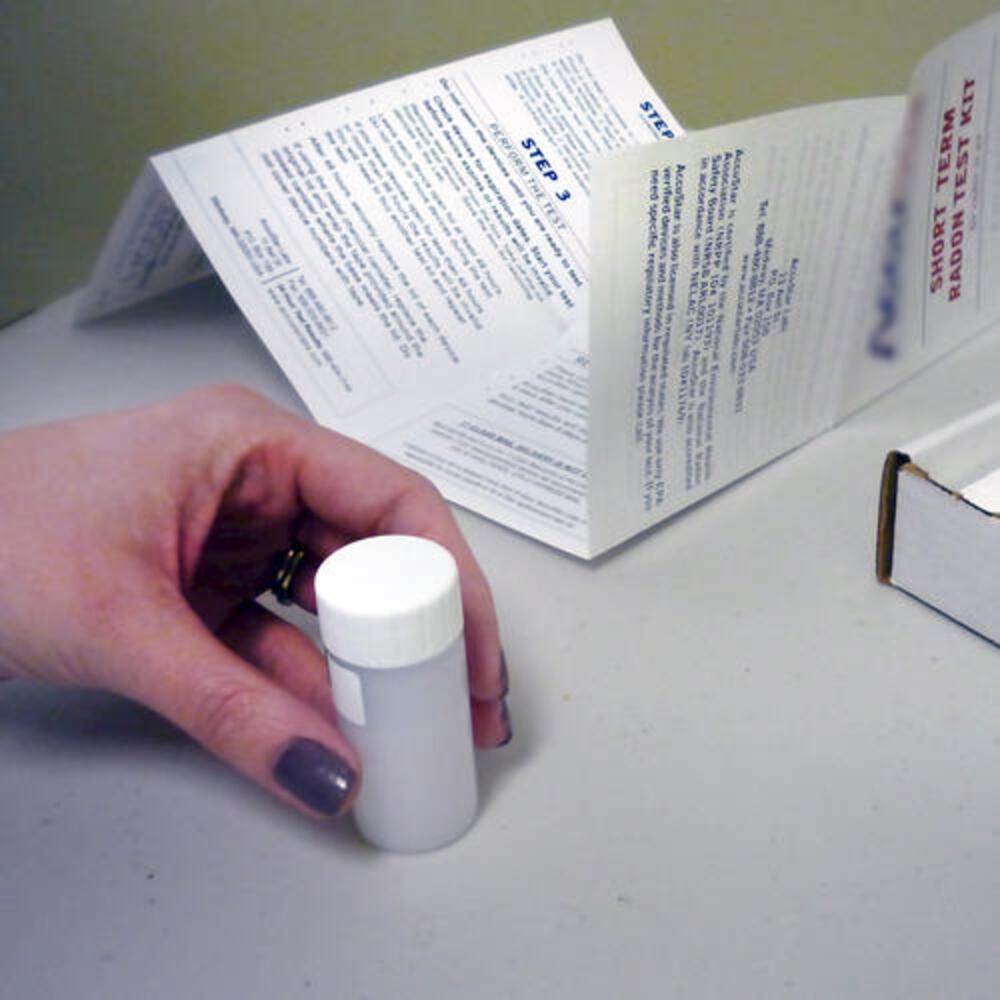
The Importance of Home Inspectors and Radon Testing: What Every Homebuyer Should Know
When buying a home, the excitement of finding the perfect property can sometimes overshadow the necessary due diligence that comes with making such an important purchase. One of the most crucial steps in the homebuying process is getting a professional home inspection, which can reveal hidden issues that could potentially turn your dream home into a nightmare. Among the various components a home inspector checks, one of the most significant — yet often overlooked — is radon testing.
What is a Home Inspector?
A home inspector is a trained professional who evaluates the condition of a home’s structure and systems. This includes everything from the foundation and roofing to electrical wiring, plumbing, and HVAC systems. They provide a thorough assessment to identify existing or potential problems, which can help homebuyers make an informed decision before committing to a purchase.
Home inspectors are essential for a wide variety of reasons, including:
- Preventing Unexpected Costs: Home repairs can be expensive. A thorough inspection can uncover problems like leaking roofs, faulty plumbing, or issues with the foundation, saving you from costly surprises later.
- Ensuring Safety: Home inspectors assess safety hazards such as electrical issues, mold, and potential fire risks.
- Negotiation Leverage: If significant issues are found, buyers may use the inspector’s report to negotiate a lower price or request repairs before closing the deal.
Radon: The Silent Threat
One of the most critical elements of a home inspection that buyers should not overlook is radon testing. Radon is a colorless, odorless radioactive gas that naturally occurs from the decay of uranium in soil, rock, and water. It can seep into homes through cracks in foundations, walls, or floors, and prolonged exposure to radon has been linked to serious health issues, including lung cancer.
According to the U.S. Environmental Protection Agency (EPA), radon is the second leading cause of lung cancer after smoking. In fact, radon exposure is responsible for an estimated 21,000 lung cancer deaths in the U.S. each year. Despite the risks, radon exposure often goes unnoticed because it cannot be detected by human senses.
Why Is Radon Testing Important?
Radon testing is an essential part of the home inspection process for several reasons:
- Health Risks: As mentioned, radon is a known carcinogen. Even if a home seems perfect on the outside, the presence of radon could pose serious health risks to you and your family.
- Mitigation Costs: If radon levels are found to be high, mitigation systems can be installed to reduce exposure. However, this can be a costly process, often ranging from $800 to $2,500 or more. It's better to know ahead of time so you can negotiate the price or factor the cost into your budget.
- Peace of Mind: Even if the radon levels in the home are safe, knowing that your new home has been tested and cleared gives you peace of mind.
How Is Radon Tested?
Radon testing is relatively simple, but it requires specialized equipment and knowledge. There are two main types of radon tests:
- Short-Term Tests: These tests typically last from 2 to 90 days and are more common during home inspections. The results can give an initial indication of radon levels in a home, but they can fluctuate based on weather and other factors.
- Long-Term Tests: These tests last for more than 90 days and provide a more accurate picture of a home’s average radon levels over time.
The most common methods of radon testing include:
- Charcoal canisters: These absorb radon gas over a period of time and are sent to a lab for analysis.
- Alpha-track detectors: These detect the decay of radon particles and are left in place for an extended period.
- Electronic monitors: These give real-time readings of radon levels.
For accurate results, radon testing should be done in areas of the home that are typically occupied, such as basements or lower levels, as radon tends to accumulate in these areas.
What Happens If Radon Levels Are High?
The EPA sets the action level for radon at 4 picocuries per liter (pCi/L) of air. If a home’s radon levels are above this threshold, the EPA recommends that you take corrective action. Fortunately, there are radon mitigation systems that can reduce the gas levels. These systems typically involve venting the gas out of the home through a pipe system, which can significantly lower radon exposure.
If radon levels are found to be above the action level, you can:
- Negotiate with the Seller: Request that the seller install a radon mitigation system before closing.
- Plan for Mitigation: If the seller is unwilling to address the issue, you may decide to handle the mitigation process yourself, but this will come at an additional cost.
- Walk Away: In some cases, if the radon levels are extremely high and mitigation is not feasible, you might choose to walk away from the purchase.
Conclusion: Don’t Skip Radon Testing
While home inspections are critical for uncovering structural issues, radon testing provides an additional layer of safety that should never be overlooked. Radon is an invisible threat that can have serious health consequences if left unchecked. Including radon testing as part of your home inspection ensures that you’re not only protecting your investment but also the health and safety of your loved ones.
If you’re in the process of buying a home, make sure to work with an experienced home inspector who includes radon testing in their assessment. It’s a small step that can have a big impact on your peace of mind and your health.


